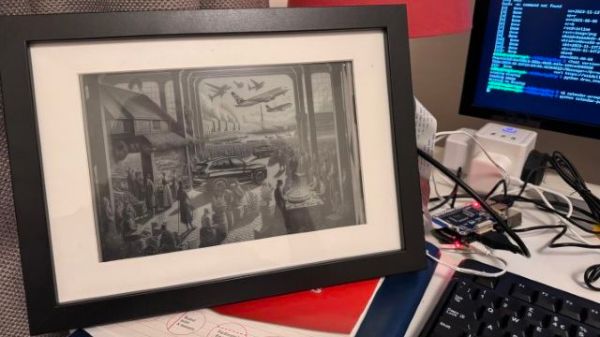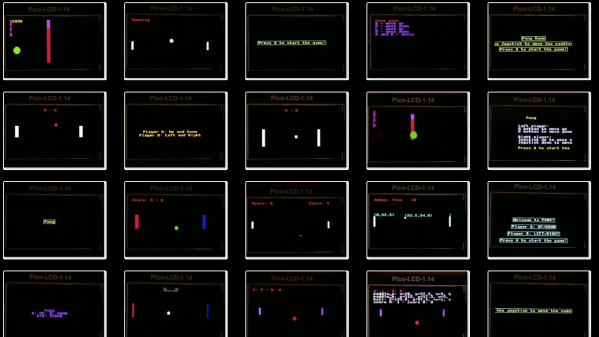If you spend a lot of time at the command line, you probably have either a very basic prompt or a complex, information-dense prompt. If you are in the former camp, or you just want to improve your shell prompt, have a look at Starship. It works on the most common shells on most operating systems, so you can use it everywhere you go, within reason. It has the advantage of being fast and you can also customize it all that you want.
What Does It Look Like?
It is hard to explain exactly what the Starship prompt looks like. First, you can customize it almost infinitely, so there’s that. Second, it adapts depending on where you are. So, for example, in a git-controlled directory, you get info about the git status unless you’ve turned that off. If you are in an ssh session, you’ll see different info than if you are logged in locally.
However, here’s a little animation from their site that will give you an idea of what you might expect: Continue reading “Linux Fu: A Warp Speed Prompt”


















